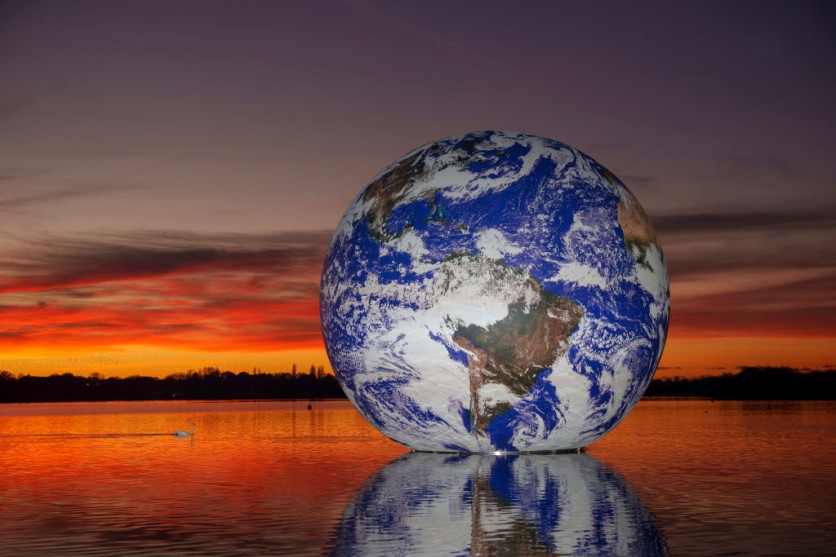New research from artificial intelligence shows that within 10 to 15 years, our planet will exceed the 1.5-degree Celsius global warming threshold. It also claimed that we might experience 2 C of warming even with minimal emissions, according to a Stanford University study.

"Time to Threshold"
It is worth noting that minimizing temperature increases to 1.5°C was the primary goal of the 2015 Paris Agreement.
The methodology that produced the new "time to threshold" estimate uses artificial intelligence to forecast climate change using the latest global temperature readings.
"Using an entirely new approach that relies on the current state of the climate system to make predictions about the future, we confirm that the world is on the cusp of crossing the 1.5 C threshold," Noah Diffenbaugh, the study's lead author and climate scientist at Stanford, said in a press release statement.
By the middle of this century, there is a one in two probability that our planet will become 2 degrees Celsius (3.6 Fahrenheit) hotter on average than pre-industrial times.
In 2060, there is a more than four in five chance that this threshold will be reached if emissions remain high.
The analysis claims that even in a scenario where emissions drop over the next few decades, the world will still likely approach 2 C.
According to Diffenbaugh, the AI model is convinced that if it takes another 50 years to reach net-zero emissions, breaching the 2 C threshold will still be inevitable.
"Controversial"
Diffenbaugh noted that this finding might be "controversial" among scientists and decision-makers because other reliable analyses, such as the recent report from the Intergovernmental Panel on Climate Change, have found that the 2-degree threshold is unlikely to be met if emissions reach net zero before 2080.
The average temperature of the world is already 1.1 degrees Celsius (2 degrees Fahrenheit), hotter than it was before the widespread use of fossil fuels in the 1800s.
The effects of this warming include an increase in wildfire frequency, more extreme rainfall and flooding, and stronger heat waves, according to Stanford University.
Diffenbaugh stated that while working on the new study, he was astonished to learn that the AI predicted that even if emissions quickly decrease to net zero by 2076, the planet will still be likely to surpass the 2 C barrier.
In this case, the AI estimated a one in two likelihood of reaching 2 C by 2054 and a roughly two in three chance between 2044 and 2065.
"Ambitious Pledges Might be Needed"
Diffenbaugh notes that numerous nations, including China, the European Union, the US, and India, as well as many non-state actors, such as Stanford University, have net-zero targets between 2050 and 2070.
"Those net-zero pledges are often framed around achieving the Paris Agreement 1.5 C goal. Our results suggest that those ambitious pledges might be needed to avoid 2 C," Diffenbaugh said.
The findings of the AI model were published in the Proceedings of the National Academy of Sciences.
Related Article : ISS Uses AI System to Gather Live Data and Monitor the Climate Crisis - Here's How!

ⓒ 2025 TECHTIMES.com All rights reserved. Do not reproduce without permission.




